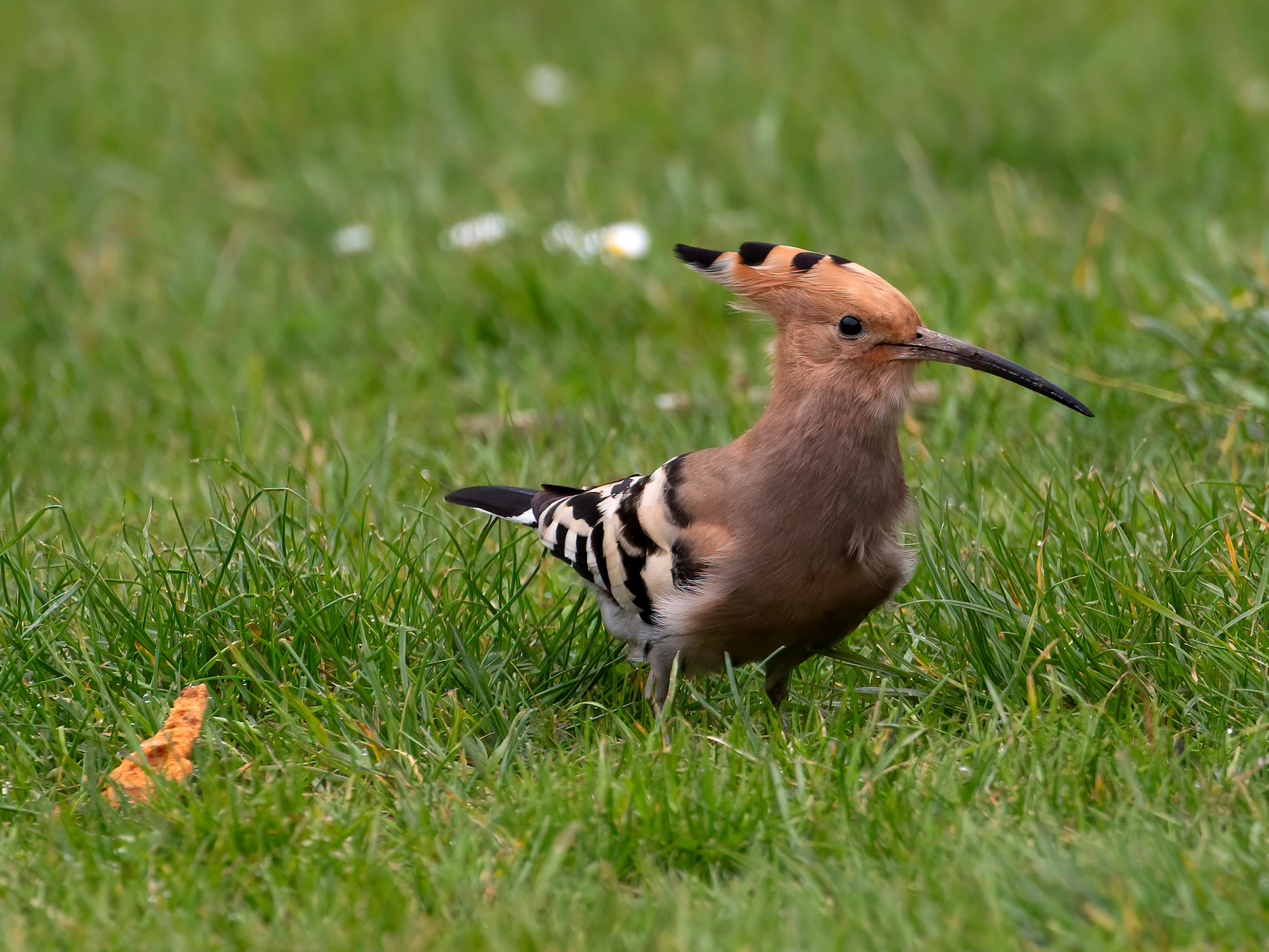Town Copse and Walter’s Copse, Newtown
The National Trust reserve at Newtown is an important reserve on the Isle of Wight. The estuary has three lakes and a narrow entrance from the sea formed by sand spits. At the western end is Shalfleet Quay; Causeway Lake is positioned in the centre, and Clamerkin Lake is the eastern inlet. Close to the Clamerkin Lake lie two woods, Walter's Copse, and Town Copse. Newtown’s Walter’s Copse and Town Copse is a small wood of 60 acres, forming part of Newtown National Nature Reserve. In medieval times, Newtown was farmed on an open field system, so both Copse would have been ploughed with oxen. Over time, these ploughed strips were changed over to grazing, but this all stopped during the first half of the 19th Century, and bushes and trees started to grow. Walter’s and Town Copse are situated to the east of Newtown Village.
It is important to get timings right when visiting - early morning during Spring and Summer is the best time to look for woodland birds. Alternatively, on warm balmy evenings during the Spring and Summer - you may be fortunate enough to hear nightingales, or see a barn owl.
The paths through these woods also provide access to Clamerkin Lake and the East Bank of Newtown NNR (q.v.).
Access, parking and amenities
The main National Trust car park (pay & display) along with visitor centre and toilets are situated opposite Newtown Old Town Hall. In addition, there is limited roadside parking at the wood themselves.
What to look out for - Calendar
Spring (March - June)
Cuckoo, nightingale, woodcock, treecreeper, great spotted woodpecker, mistle thrush, garden warbler, goldcrest and sparrowhawk.
Autumn (July - mid November)
Sparrowhawk, chiffchaff, willow warbler, blackcap, barn owl and bullfinch.
Winter (mid November - February)
Raven, long-eared owl, sparrowhawk, firecrest, treecreeper, woodcock and song thrush.
Rarities
Hoopoe
Images

Hoopoe. © Dan Poole
Useful links and further reading
View a map of Newtown NNR area
